I thought I’d post on the nature of mantras and how they work, as I’ve recently responded to a question asking this on a Dharma list ….
Firstly though, I’d like to say that I wholeheartedly agree with the suggestions already made that the way to truly find out what mantras are and how they work is through their practice. I suppose I should also say in passing that scientific explanations or common sense aren’t necessarily going to help anyone much …. what one needs is dharma, so would not a dharmic explanation be more efficacious?
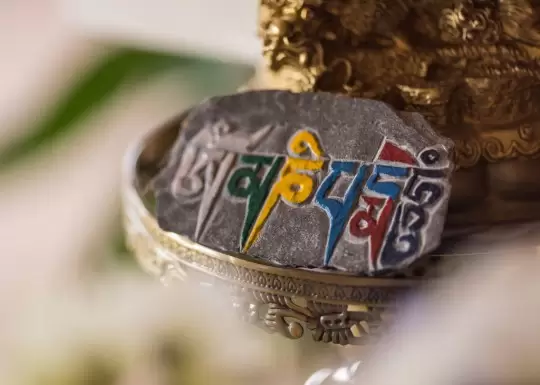
Having said that, I’d like to share something from the point of view of the four Yanas.
Mantras primarily appear in the context of Vajrayana, though they also appear in Mahayana practice too. But it might be useful to respond to your question from each Yana in turn?
Hinayana approach to mantras
From a Hinayana point of view, what we are primarily doing is recognising those dharmas which are unskilful and unhelpful to our development, and seeking to avoid them and to avoid cultivating them. So anything that helps us to stay away from those aspects of mind which are seen as unpure and unskilful could play a part in Hinayana practice. So we could use a mantra in such a way that it keeps us away from unskilful thoughts of greed, hatred and delusion through simply keeping the mantra in awareness. As long as we are fully concentrated on the mantra, then there is no space for unskilful thoughts. Indeed, one of the main ways that the word ‘mantra’ is translated is as ‘that which protects the mind’ (from the unskilful). Do you recognise this approach of eradicating unskilful states on mind in your use of mantras?
Mahayana approach to mantras
From a Mahayana point of view, what are we trying to do? We are moving away from a model of renunciation, and moving towards one where we are more accommodating and subtle. This model is one of purification, and we use mantras in the Mahayana to purify our minds. Through seeing the empty nature of both mantras and that which they seek to purify, and also the compassionate energy of that which they symbolise of the enlightened mind, we purify the unskilful dharmas in our minds through the use of mantra. In a sense, we are applying an antidote to those unskilful mental states. So can you recognise that method and view when you use mantras?
Vajrayana approach to mantras
From a Vajrayana point of view, we move away from purification as a model, and employ a view and methods of transformation. As mantras are central to Vajrayana practice, I’ll say a little more here. When one practices Vajrayana, the central difference to that of Hinayana and Mahayana is that you are no longer trying to create causes for enlightenment. With Vajrayana, you are practicing the result of enlightenment, as it were. You practice the result to bring about the result. So in this way, we practice enlightened speech in order to transform our deluded speech into the speech of the Buddhas. And that is precisely what the mantra is – the speech of the Buddha. Whilst we are also visualising our bodies as that of the Buddha in our Completion stage of a Deity meditation, and practicing seeing our minds as that of the Buddha, especially in the completion stage, we therefore work on body, speech and mind to transform it from unpure to pure. And mantras are therefore a part of that process.
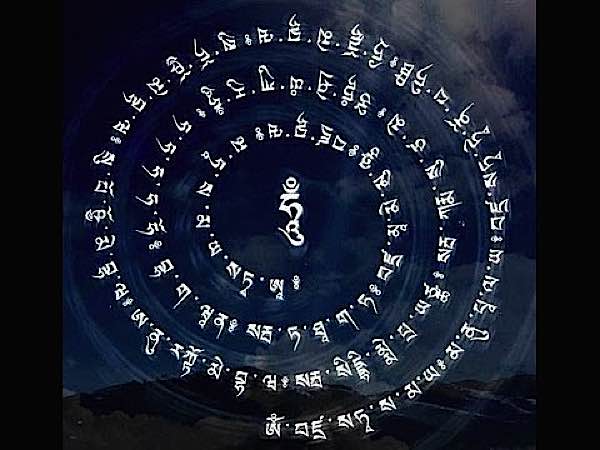
Another aspect of Vajrayana usage of mantras is that in Vajrayana we continually learn to associate the deluded with the undeluded. By this I mean that we don’t reject dharmas, and we don’t really seek to purify them. Instead, we simply transform them by making the association of each unskilful mental state with the skilful mental state of a Buddha. So whatever arises for us is seen as part of the Buddhas mandala – body, speech and mind are all displays of the deity and their mandala. So we take our speech, and constantly associate it with the Buddhas speech through the use of mantras. You could also say that mantras symbolise the Buddhas speech, and this is perhaps the more usual way of putting this point I am now making, but I think that putting it in terms of habitual association brings out the transformative nature of the action a little stronger perhaps than the model of the symbol does. So again, can you see how your use of mantras fits into the view and methods of Vajrayana, and how you transform your mind through them?
Sahajayana approach to mantras
Finally, a short mention for the forth yana, that of the Sahajayana, or the vehicle of co-emergence. This is what we commonly know as Mahamudra.
From a mahamudra point of view, what are we doing? We are primarily looking into the nature of the mind, in order to directly recognise that nature. So here we’ve moved away from renouncing, purifying and even transforming dharmas. Here the method is self-liberation, and so when we meditate we see how dharmas naturally self-liberate – we don’t have to do anything to them at all. Furthermore, we see that all dharmas have the same nature – they are all empty, and yet there are appearances. Mind is seen as empty, yet there are appearances, and minds activity is unceasing.
Working with mantras from a Mahamudra perspective
So how would we view and work with mantras from a Mahamudra perspective? Primarily, we look directly at the nature of the mantra, and recognise that as being no different to the nature of mind at rest, mind with appearances, or mind with any other thought. Ultimately, they are all the same – all empty of substance and substantiality. Of course, from a relative point of view, we’d see differences in how they appear, and so this we could see when we cause a mantra to arise in our mind. In a sense, in Mahamudra shamatha, we are just placing the mind on a pure object, rather than an impure object in the case of the breath, or a pebble, for example. And in the case of Mahamudra vipassana, we investigate the nature of how the mantra appears, and how it truly exists, just as we would with any other phenomena. So again, can you recognise anything of this view and method in your use of mantra?
I hope that this will give you a little more to work with in terms of understanding what a mantra is and how it works. And hope that a dharmic perspective will give you something more valuable than any other perspective.
And finally to go back to the beginning, as it were, and to reiterate that the ‘proof is in the pudding’ as they say in England – so to truly know what a mantra is and how it works this must be done experientially – in your practice, and in your person.

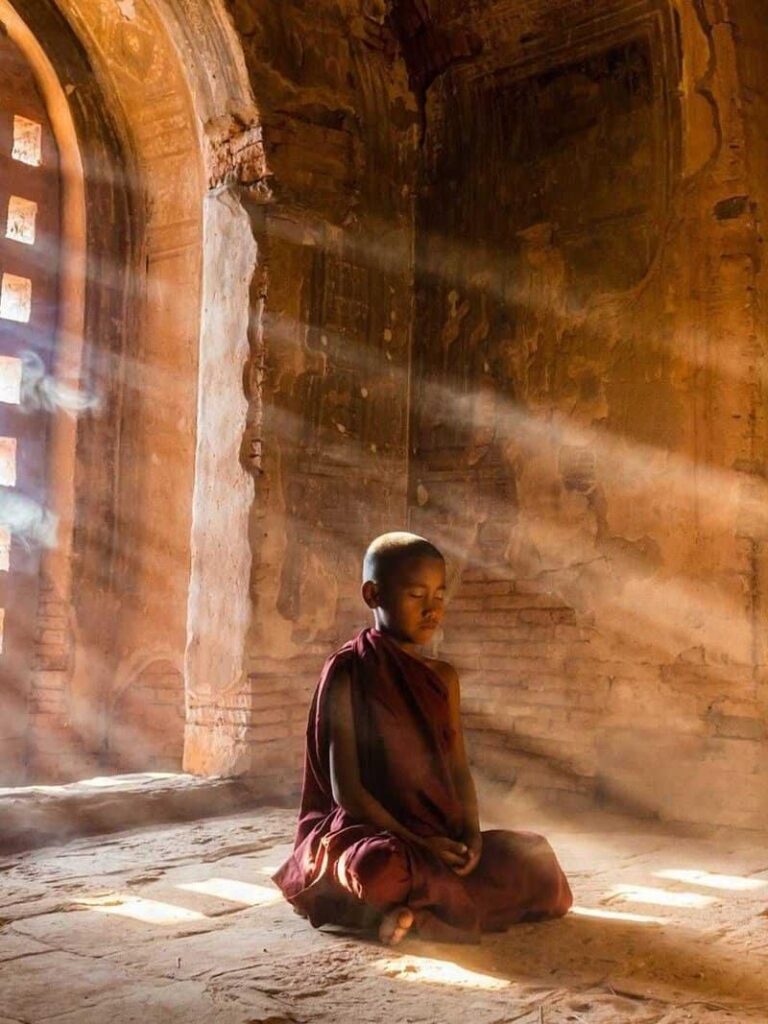
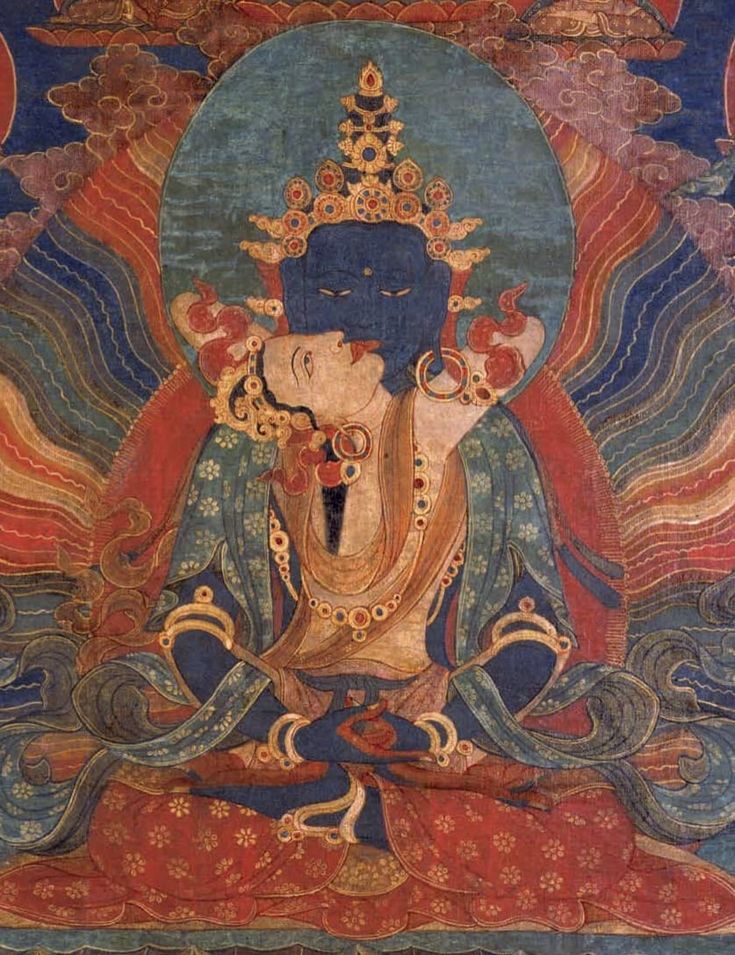

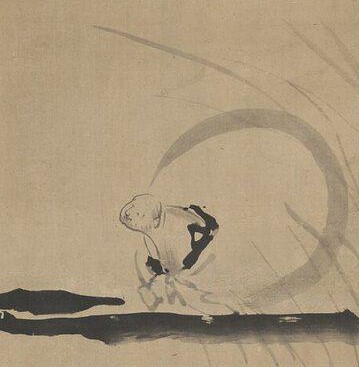
Hi,
I've been looking for an explanation on how mantra functions in Vajrayana for a while, but this one is the clearest I found, thank you very much! The fact that you put it in the context of the yanas and their corresponding practices makes it absolutely meaningful. Thanks again